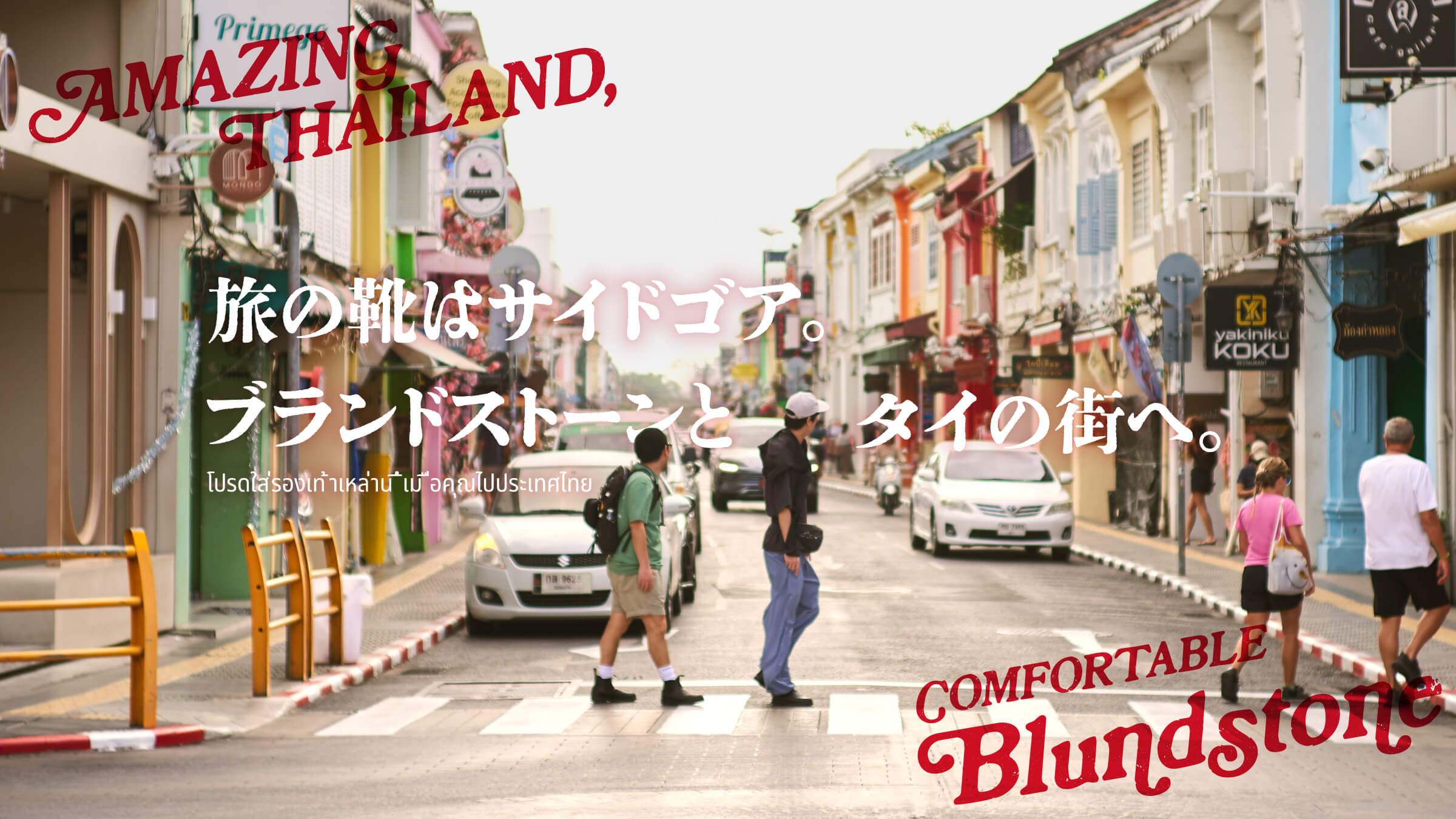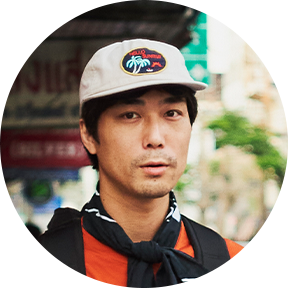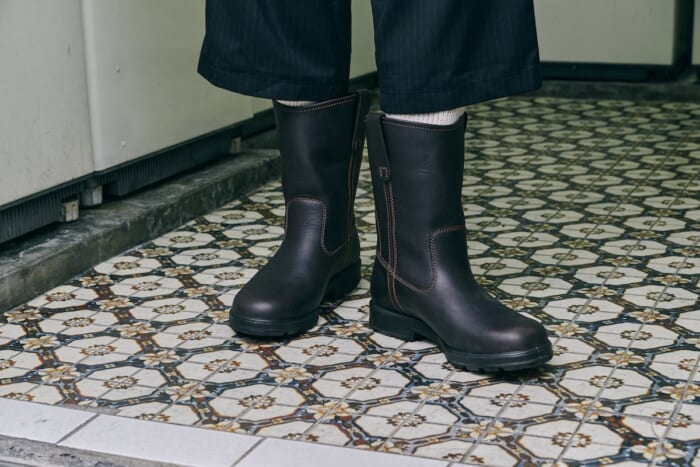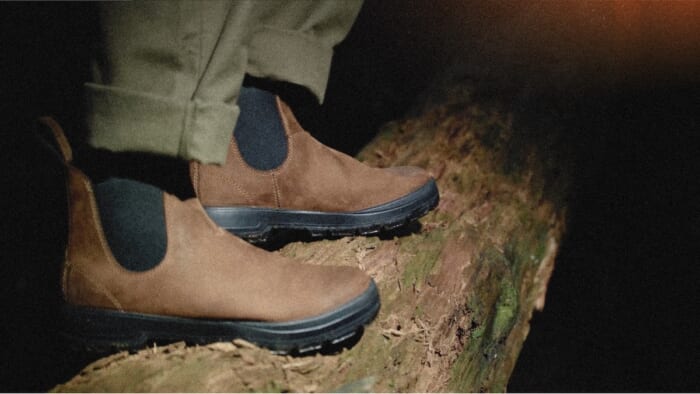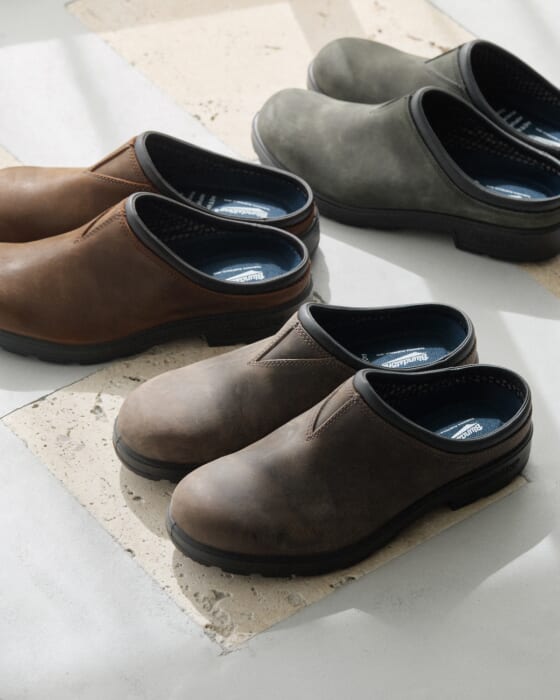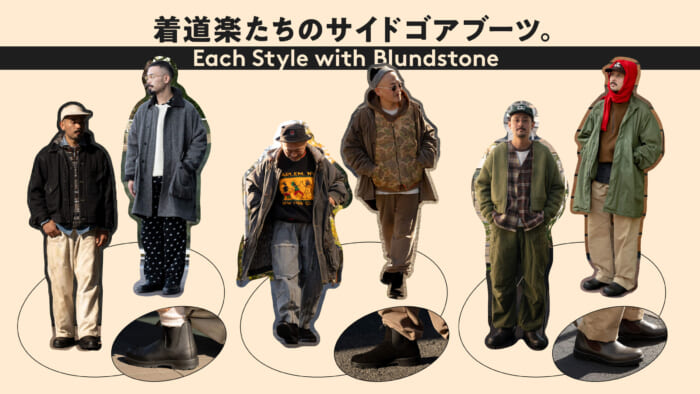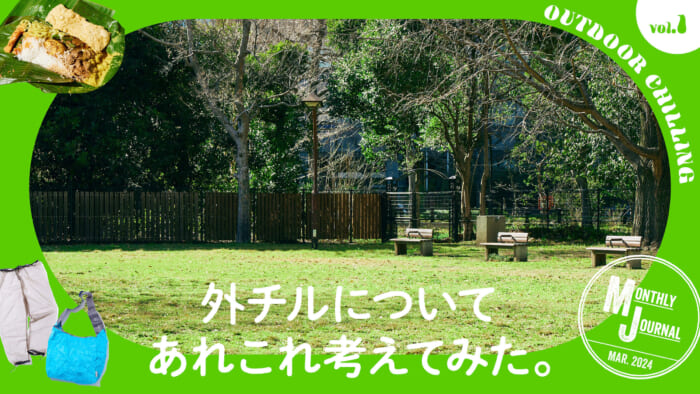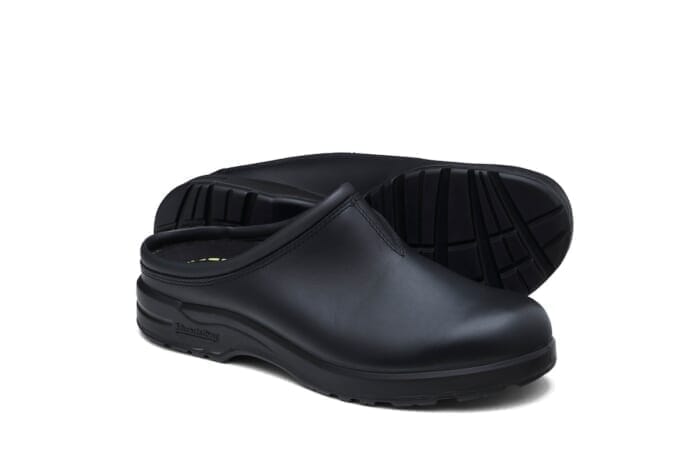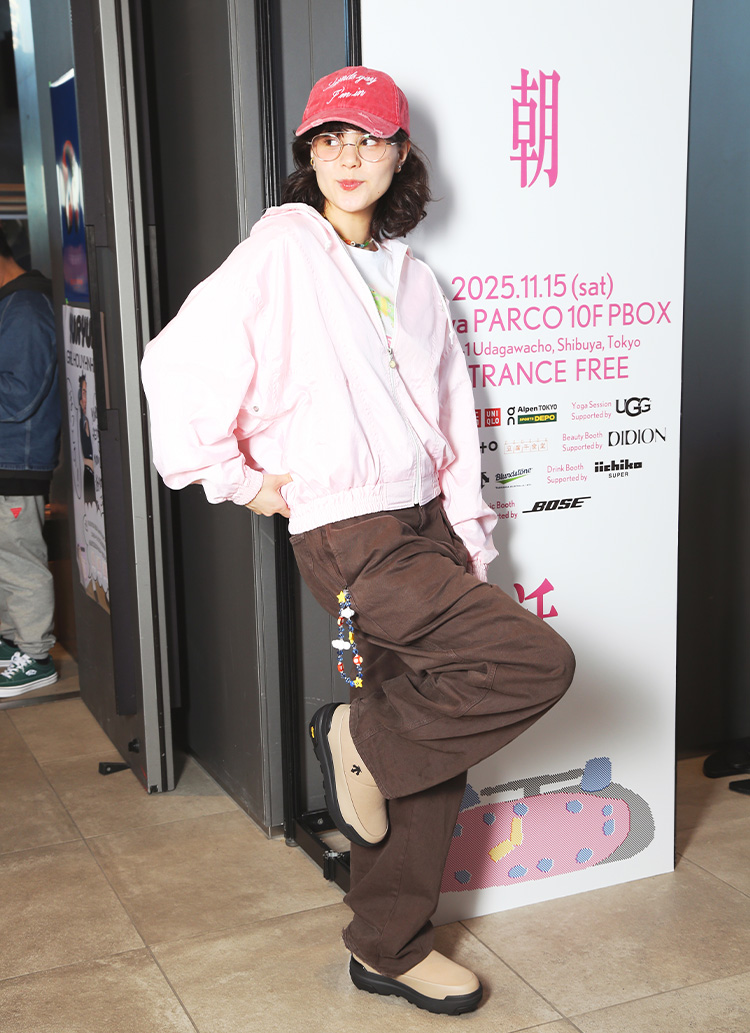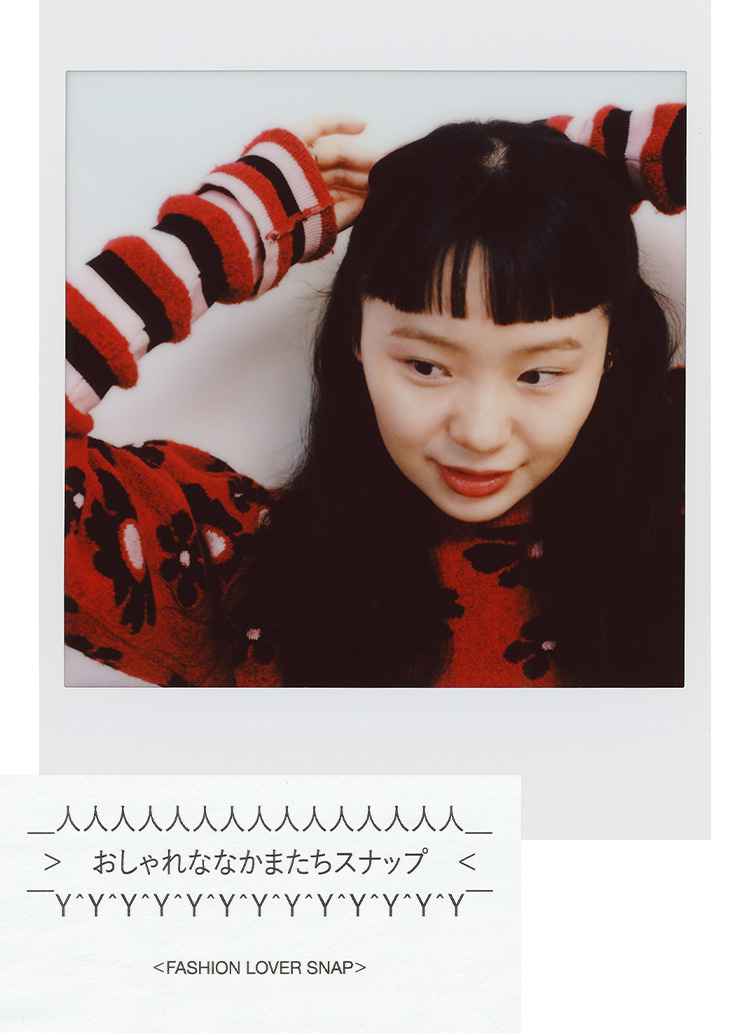Overcome all surfaces in Bangkok.




Tuk-tuks are the most popular vehicles in Thailand. Although there are many cars in Thailand, motorcycles seem to be more convenient in Bangkok where there are many traffic jams and sois (small roads).
Moving on to Bangkok, the capital of Thailand (official name: Krung Thep Maha Nakhon). Bangkok is one of the largest cities in Southeast Asia, with a population of approximately 10.7 million.
Bangkok has the largest number of foreign visitors in the world. 32.4 million foreign tourists are expected to visit Bangkok in 2024, which is 1.5 times as many as Tokyo with 20 million (in 2023). Tokyo will have approximately 20 million (in 2023), which is 1.5 times the number of Tokyo. The reasons for its popularity are its low cost of living, delicious food, and rich cultural heritage.

The entrance to Wat Lhakhang Koh Sitharam. When entering a temple in Thailand, it is a rule to take off your shoes. No shoes are allowed.
Thailand is one of the world's leading Buddhist countries. It is estimated that about 95% of the people in the country believe in Buddhism. It is deeply ingrained in the daily lives of Thai people, and it is commonplace to see Buddhist monks begging for alms as you walk through town. And temples are both places of prayer and tourist attractions.
Wat Lhakhang Koh Sitharam ("Wat Lhakhang"), located on the west bank of the Chao Phraya River, is one such place. It was once the political center of Thailand.


In Thai temples, people pray by applying gold leaf to Buddhist statues. The benefits are said to vary depending on where the gold leaf is affixed. There is a saying, "Put gold leaf on the back of Buddha images," which means "do good deeds in places where people cannot see them.
If you want to experience the culture more deeply, you should not only admire the architecture, but also do "tamboon" (the act of accumulating virtue). For example, praying at Wat Lhakhang, making money offerings, and polishing Buddha statues are all "tamboon.
However, when visiting temples in Thailand, please be careful about what you wear. It is considered a sacred place, and basically, overly revealing clothing and sandals are not allowed. Many tourists do not follow this rule, but as the saying goes, "when in Rome, do as the Romans do.


In temples, people take off their shoes, and they are busy taking them off and putting them on. However, has side gores, so putting them on and taking them off is just a breeze. I felt this not only at temples but everywhere. On airplanes and in hotels, I can take them off and put them on right away. The key to a fulfilling trip is to eliminate small stresses.
And even though the average temperature during my stay was about 30 degrees Celsius, the side gores played a role here as well, and the high breathability kept me from getting as stuffy as I would have liked.


From there, the group crossed the Chao Phraya River to the Amulet Market on the other side of the river. This is another special place where one can get in touch with the core of Thai spiritual culture.
Specializing in amulets called "prakluang," this market is more than just a tourist attraction; it is a reflection of Thai religious beliefs.




The time is relaxed, similar to that of a wholesale store, and there are many different kinds of items available. Some people even attach them to their key chains or car mirrors.
Amulets have a long history, dating back to the 13th century. Initially, they were made as small Buddhist statues to spread the teachings of Buddhism.
From there, it gradually became more and more significant as a talisman to protect oneself. Today, many people wear them or display them in their homes with various wishes, such as accident prevention, business prosperity, and love fulfillment. It is just like a Japanese amulet.
The market is already a maze, lined with small alleys and hundreds of stalls. There is a wide range of prices, from casual souvenirs to rare amulets costing tens of thousands of baht (several hundred thousand yen). There are so many collectors that once you get hooked, you can't get away from the charm.

It was a good thing that I visited during the dry season, but Bangkok's wastewater treatment system is still not as well developed as in Japan, and during the rainy season, it is not uncommon for the city to be flooded. You can get stuck in unexpected puddles, and the roads are bumpy in some places. Brand Stone is resistant to water and has excellent grip, so it can withstand this kind of environment.
For example, beeswax shoes are comfortable and make you feel like a seasoned traveler. On the other hand, they do not grip well, and in Bangkok, where there are unexpected bumps, they can lead to injuries. Or, you might hit your fingernail. If there is a wound, there is even a risk of infection.
And when you go to a fancy restaurant in Bangkok, you must also observe the dress code. Even if you are not normally a slouch, it is considered an adult's etiquette to know the right place and time.
But, after traveling all this way, the "Brand Stone" is now covered in dust. What should I do? Wipe it down with a wet towel and it will be clean in no time. And if you have jacket pants, you will never be rejected because of your clothes.




I always wore "Brand Stone" during my stay in Thailand. I didn't bring jackets, but I'm glad that they go with any outfit.
MEMO 3: What, that side of the massage?
There was only one hour left before check-out. I asked for 30 minutes at a massage parlor touted by a woman, and for some reason, I was led up a dark staircase and separated one by one into a private room. As you can already tell, it was that kind of store. No matter how much they negotiate with you, if you keep saying "I don't have money," you can refuse. If you are in a hurry because of a spelling mistake on your airline ticket, etc., be more careful.


